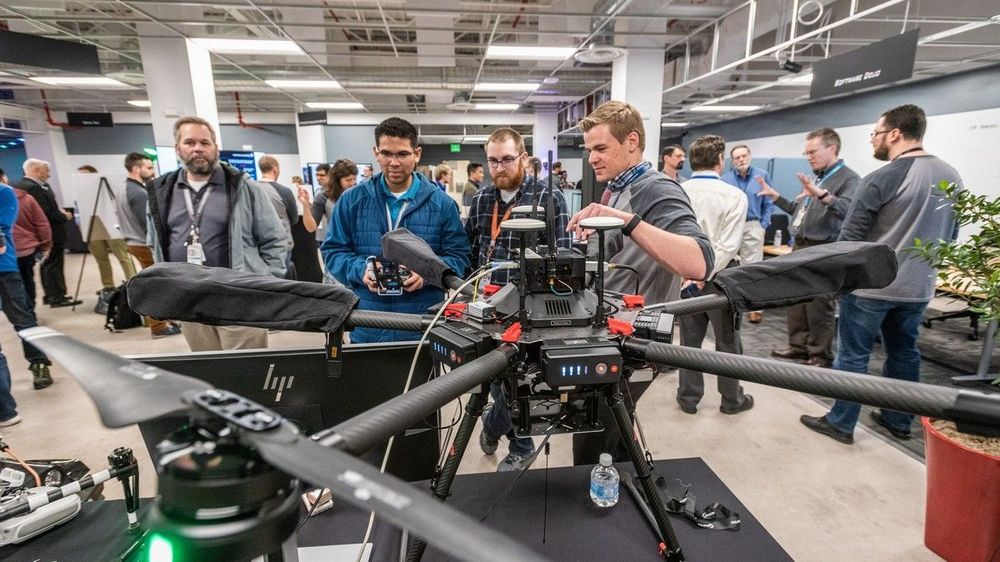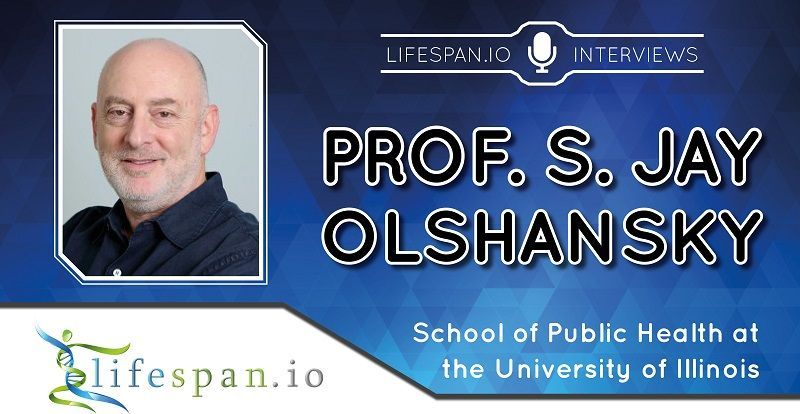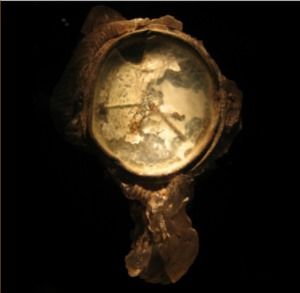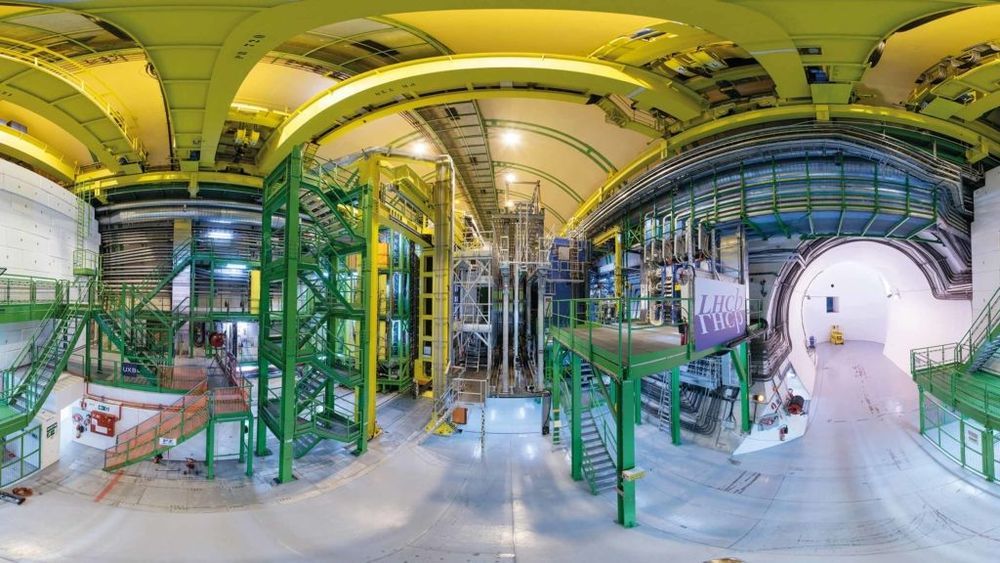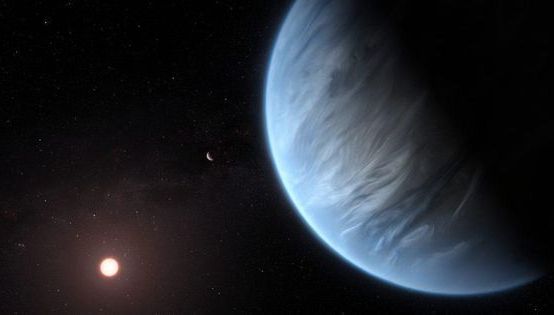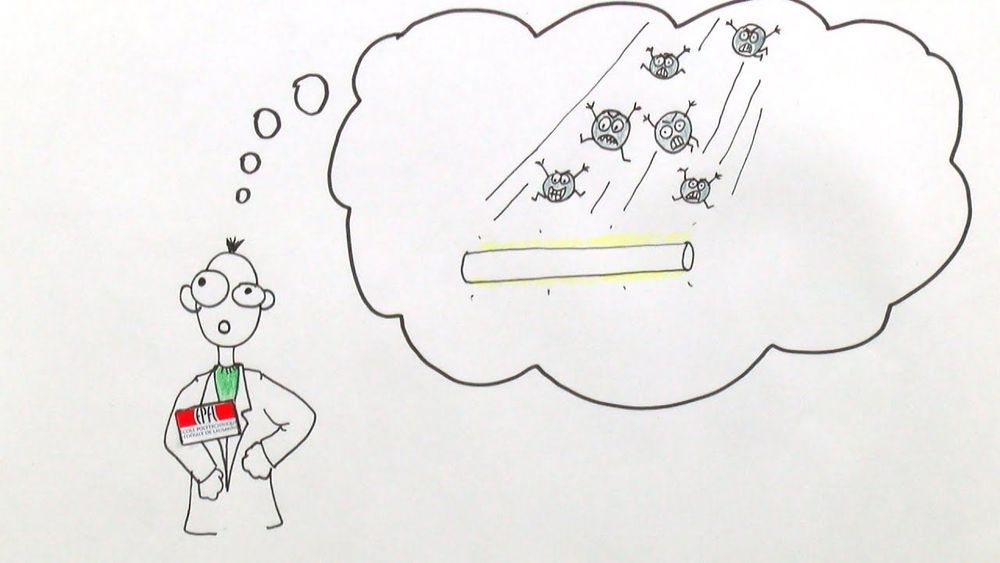Sep 17, 2019
Uhh, Part of the Facility Where Russia Stores Smallpox and Ebola Exploded
Posted by Quinn Sena in categories: biotech/medical, materials
блядь! An explosion at Russia’s State Research Centre of Virology and Biotechnology (Vector) resulted in a fire, glass blown out throughout the building, and one worker suffering third degree burns on Monday, according to the Bulletin of Atomic Scientists. Vector is one of the only two places in the world where live smallpox virus samples are officially stored, as well as retains stocks of other deadly pathogens including the Ebola virus and anthrax spores.
According to the state-run TASS news agency, Koltsovo city head administrator Nikolai Krasnikov said that the blast occurred during scheduled repair work, blowing out glass in the building and starting a 30 square meter fire. Various reports have indicated the incident started with a gas explosion. However, Krasnikov emphasized that no biohazardous materials were stored where the explosion and blaze occurred, and that there is no threat to the general population. The Vector building in question did not suffer structural damage, Krasnikov added, while the worker is in “intensive” condition.

